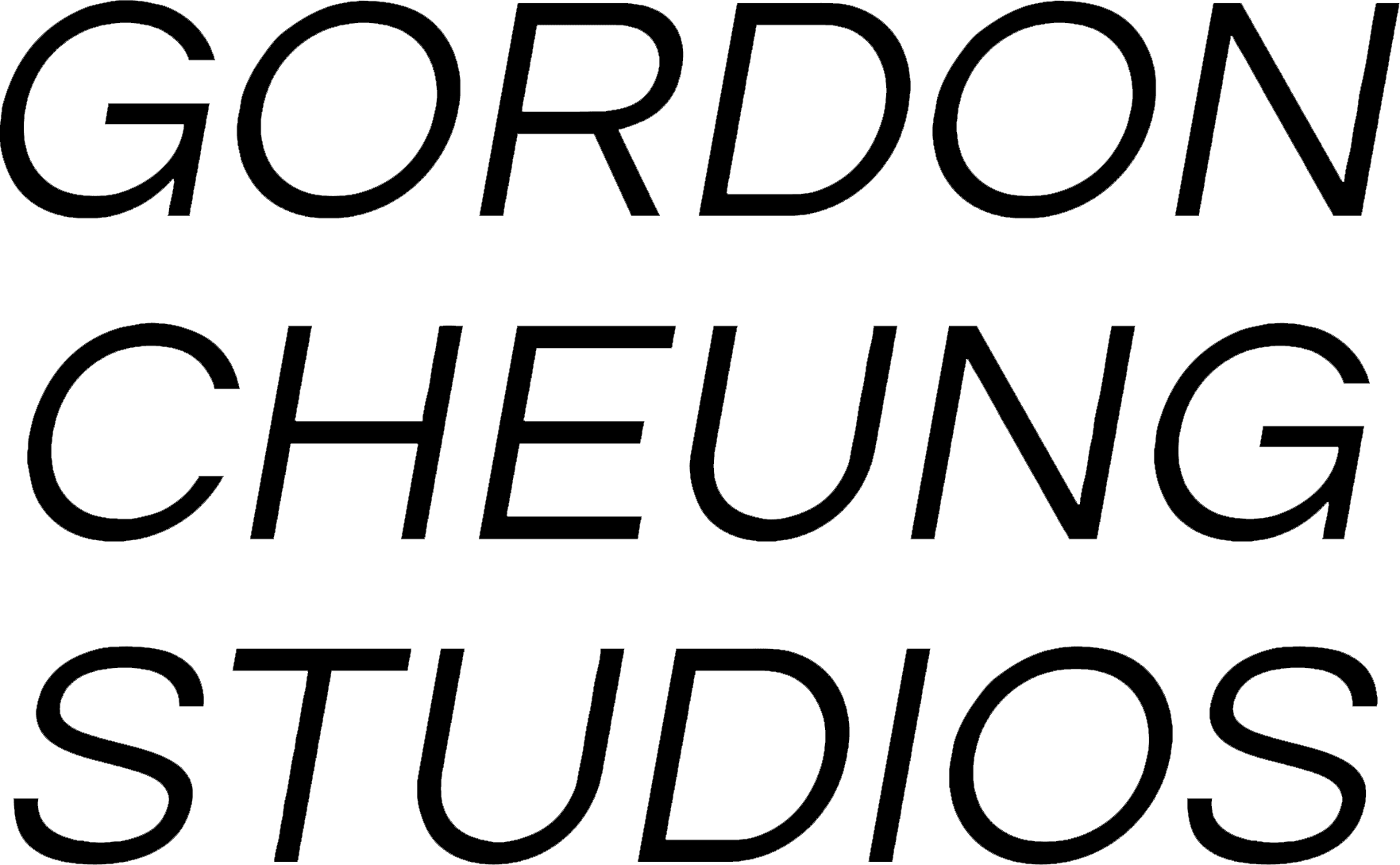'STILL LIVE' at Cristea Roberts Gallery traces one of the most time-honoured pictorial genres in art history over six decades, co-curated by artist Clare Woods, opening from 8 March to 27 April. Gordon Cheung prints will be shown alongside works by Picasso, Braque, Caulfield, Jim Dine, Richard Hamilton, Tom Wesselman, Michael Craig-Martin and Cornelia Parker. Learn more.
Gordon Cheung
Still Life (after Abraham Hendricksz. van Beyeren, c. 1640-1680), 2017
Signed & dated
Archival inkjet on 380gsm Hahnemühle Photo Rag paper
Paper 129.0 x 109.0 cm / Image 126.0 x 106.0 cm
Edition of 20 + 3AP
“For me, the idea of a vase of flowers represents a lifespan, in a tiny little environment. You’ve got the youth of the buds and the flowers are in full bloom, before they droop and discolour, and then the petals fall off and they die. It’s the whole life cycle that I am interested in.” Clare Woods
Cristea Roberts Gallery is delighted to present Still Live, a group show co-curated by Clare Woods (b. 1972) whose exhibition Soft Knock, featuring a body of new works on paper exploring still life and the classical trope of memento mori, will be exhibited simultaneously at the gallery.
Still Live (8 March – 27 April 2024) features prints and editions tracing one of the most time-honoured pictorial genres in art history over six decades. Examples of rare and important prints of the twentieth century include a lithographic flower-piece by Georges Braque (1882-1963) and a still life scene illuminated under a lampshade at night by Pablo Picasso (1881-1973), considered a masterpiece in colour linocut printing.
In later works by Tom Wesselmann (1931-2004), Patrick Caulfield (1936-2005), and Michael Craig-Martin (b. 1941), each artist revisits the historical tradition of still life, drawing subject matter and sometimes forms and colours from the masters of modern art, including Picasso, Braque, Matisse, and Warhol.
In contrast, Jim Dine’s (b. 1935) depictions of flowers and plants, which have long been an enduring theme in his work, are drawn directly from nature. Taking inspiration from the lush gardens and vegetation of his surroundings, Dine’s botanical works appear in different stages of bloom and growth. A recent triptych bursts with a colourful variety of flowers, plants, fruit and vegetables.
A second triptych made by Richard Hamilton (1922-2011) between 1973 and 1975 depicts three ‘Flower-pieces’, each in a specific print medium; etching, collotype and lithography. Hamilton, who explored and demonstrated the processes of digital printing and its relationship to photography in his prints, made these works not from life, but from three-dimensional postcards.
Gordon Cheung (b. 1975) also explores the creative potential of digital technologies, using a computer algorithm to ‘glitch’ images of Dutch seventeenth-century still life paintings sourced from the Rijksmuseum, Amsterdam. Cheung distorts the depicted still life so that it appears to melt down before our eyes.
Cornelia Parker (b. 1956) who is fascinated by the physical properties and the histories of objects, uses printmaking to breathe new life into found objects. The artist depicts a row of empty glass medicine bottles and, for a corresponding print, she captures the shadows of the labels by turning the bottles over. Parker re-animates the glassware, creating still lifes that are mysterious and spectral.

